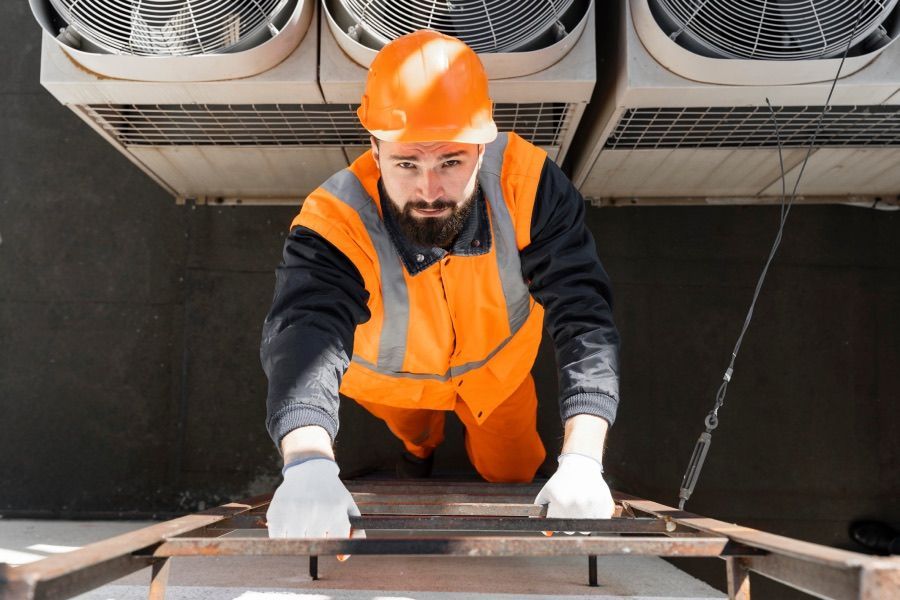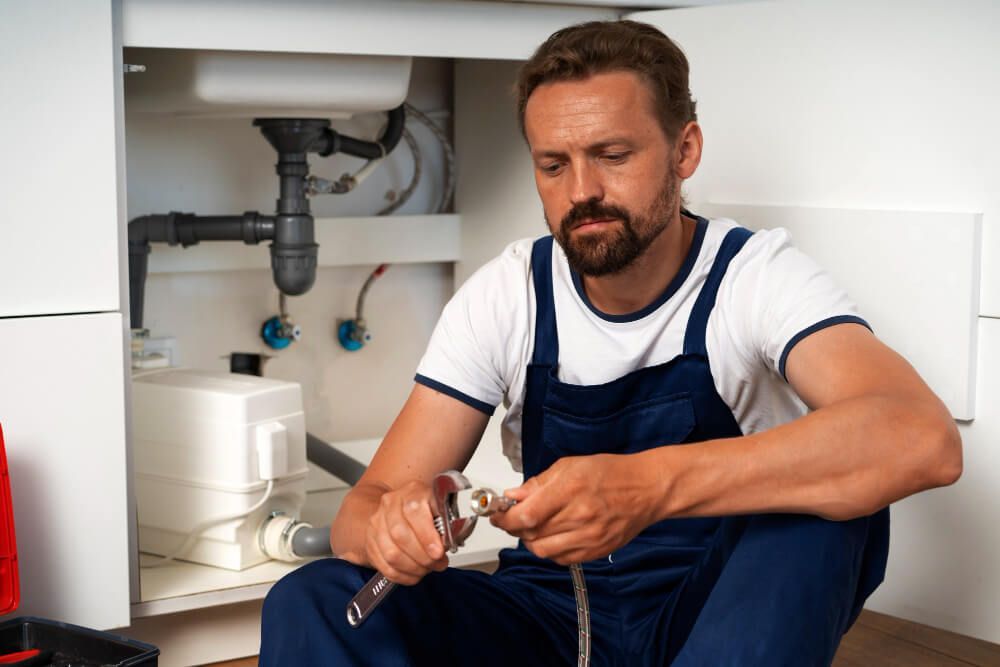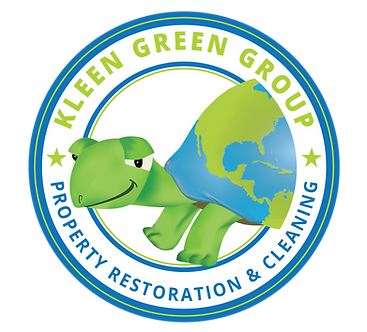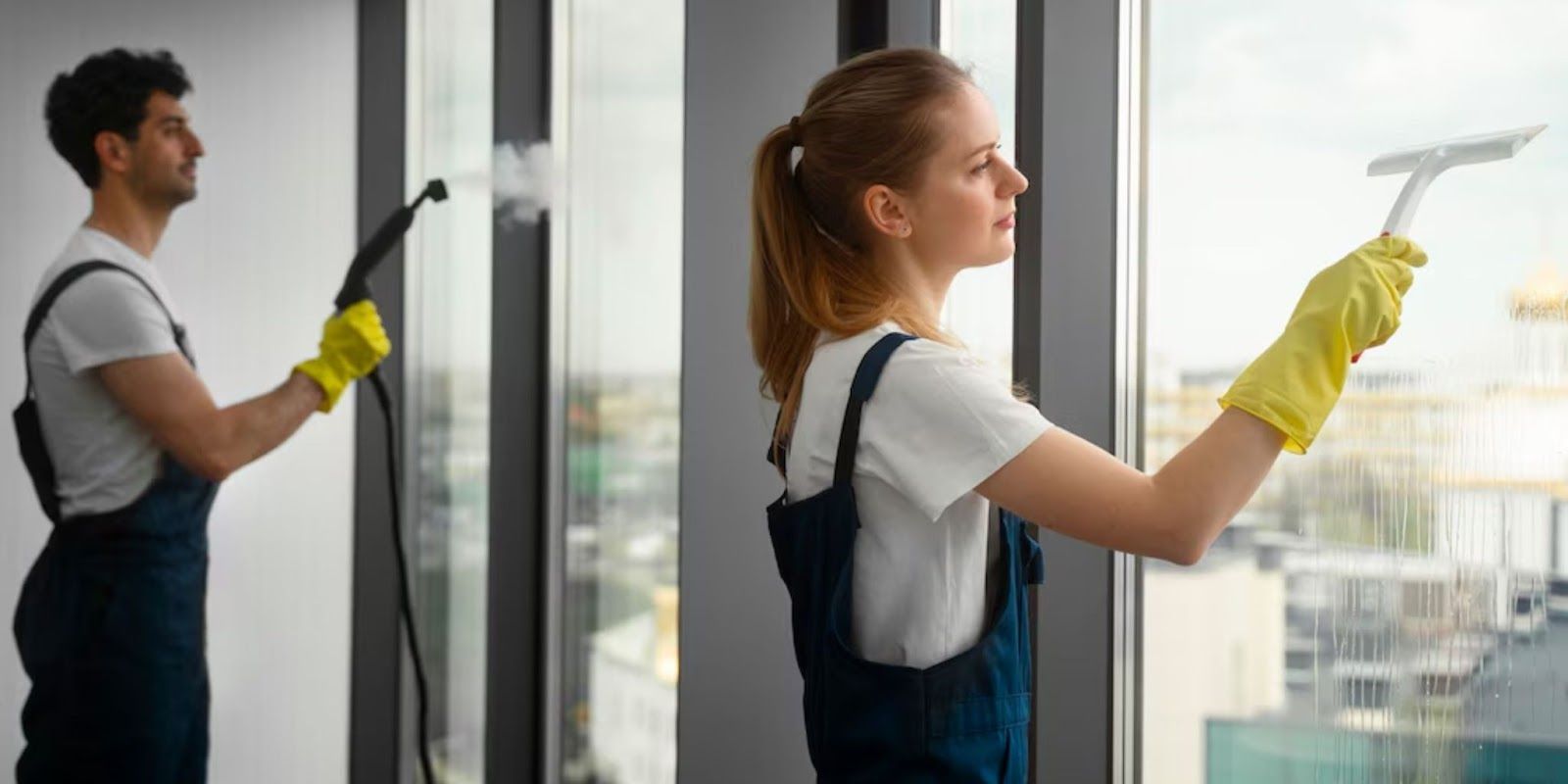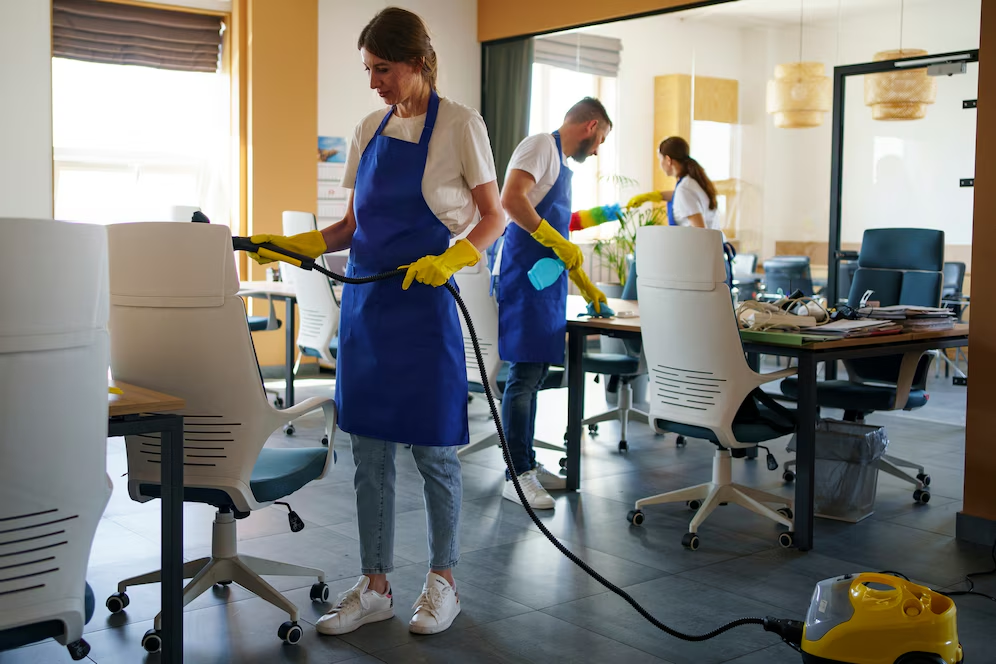Common Causes of House Fires and the Role of Fire Damage Restoration
Common Causes of House Fires and the Role of Fire Damage Restoration
Most people who die in fires do so because of toxic gases, thick smoke, and lack of oxygen. Even breathing in small amounts of these harmful substances can cause confusion and make some people pass out.
After a house fire, risks like smoke inhalation, burns, and other health issues can increase the chances of cancer, heart attacks, and strokes.
The heat and flames from the fire can be just as harmful as the smoke, potentially causing lung and heart problems.
In this blog, we'll explore some of the major causes of house fires, the types of damage that occur during a fire, and the best options for fire damage restoration.
Major Reasons Behind House Fire
- Cooking
Cooking is one of the top reasons for house fires,
accounting for 42% of the total cases. Leaving the gas knobs open, forgetting items over a burning flame, and improper ventilation are some of the major reasons for the increased number of accidents.
- Electrical Faults
Heating objects such as irons, heaters, or ovens are left switched on for longer periods of time, leading to fires.
A short circuit is the other factor responsible in this aspect.
In 2022, there were about 26,100 fires in homes caused by electrical problems in the United States.
These fires led to 185 deaths, 850 injuries, and more than $1.49 billion in
fire damage restoration to property. (Source)
Wildfires
In the United States, nearly 90% of wildfires are caused by humans. This can happen from things like discarded cigarettes, campfires left unattended, burning debris, or equipment problems. While less common, wildfires can also start from natural events like lightning strikes or volcanic eruptions. (source)
Types of Fire-Related Damage and How Kleen Green Group Can Support Recovery Efforts
Physical Damage
Building materials, including wood, metal, and concrete, can all be severely damaged, leading to potential collapse or weakened structures.
Wiring and electrical appliances can be burned or melted, spreading smoke, soot, and odors throughout the property.
Smoke and Soot Damage
Even if the fire damage restoration is small, the soot produced can stain surfaces, walls, furniture, and fabrics, which is hard to clean and may cause lasting odors.
Smoke can penetrate porous materials such as carpet, upholstery, and insulation, which can lead to health issues such as respiratory problems.
Water Damage
Firefighters use water to extinguish flames, which can result in water damage. Long-term exposure can lead to mold growth.
Water can weaken structures, especially if there are already damages from the fire itself.
Heat Damage
Heat can cause materials such as plastic, vinyl, and even metals to melt or lose their actual shape.
Excessive heat can dry out wooden structures and cause craking or other forms of degradation.
Fire Damage Restoration Process:
We do a detailed assessment to determine the full extent of the damage. Our experts often use specialized tools like thermal chemeras to check for hidden damages.
We use specialized techniques, such as HEPA vacuums and dry cleaning sponges, to remove soot from walls, ceilings, and furniture.
Air scrubbers and ozone generators may be used to remove smoke particles from the air and eliminate lingering odors.
We eliminate water damage by using industrial-grade fans and dehumidifiers from items like carpets, floors, and structural elements.
Deep cleaning of all affected surfaces is performed to remove residue, dust, and soot. We also sanitize any areas impacted by water or fire to prevent mold growth and bacteria.
Depending on the severity of the damage, items may be cleaned, repaired, or replaced.
What Makes Us Different in Fire Damage Restoration?
- Comprehensive Fire Damage Solutions
We understand the extent of damage fire can do to your property and so our services are capable of providing assistance even in the worst cases. Our services include water restoration, fire remediation, disaster relief, air duct cleaning, power washing, and much more.
By combining the expertise of each type of service, it becomes efficient for us to carry out the
fire damage restoration process.
- Experienced and Certified Technicians
We are IICRC certified and our technicians hold years of experience in all aspects of
fire damage restoration. They are trained to handle all types of fire-related damage and know how to use the latest tools and techniques to safely restore your property.
- Eco-Friendly
We are critical about the negative impact of cleaning chemicals on the environment and as our name suggests, we always try to prioritize green components.
We use non-toxic, biodegradable cleaning agents that are effective in removing soot and smoke residues without harming the environment. This ensures that your property is not only clean but also safe for the environment and the people who inhabit it.
- Proper Disposal
Fire damage restoration often results in debris that needs to be disposed of properly. We make sure to recycle materials like metal, wood, and plastic whenever possible, reducing waste and the need for landfill space. We also adhere to all local regulations for the disposal of hazardous materials.
- Rapid Response
A fire can happen at any time, and when it does, time is critical. The longer you wait to begin the
fire damage restoration process, the more extensive and expensive the damage becomes. That’s why we offer 24/7 emergency services. Our team is always on standby, ready to respond immediately, minimize further damage, and begin the restoration process as quickly as possible.
Fire Damage Restoration vs. DIY
After a fire, many homeowners might be tempted to handle the cleanup and restoration themselves. While DIY projects can be rewarding, fire damage restoration is a complex and specialized task that requires professional knowledge and equipment.
Here’s why DIY fire damage restoration can be problematic:
- Health and Safety Risks: Soot, smoke, and water from firefighting efforts pose significant health risks. Exposure to these materials can lead to respiratory issues, skin irritation, and long-term health problems. Our professionals have the protective gear and expertise to mitigate these risks.
- Ineffective Cleanup: While DIY methods may seem like a quick fix, they often fail to remove all traces of smoke, soot, and odor. This can lead to persistent issues such as lingering odors and indoor air quality concerns. We use advanced cleaning and deodorizing technology to ensure that every corner of your property is treated.
- Structural Integrity: Without proper training, it's difficult to accurately assess whether a property is structurally sound after a fire. Fire can weaken load-bearing walls, beams, and foundations. Our fire damage restoration experts conduct thorough inspections and repairs, ensuring the property is safe to inhabit.
- Insurance Complications: Many insurance policies require professional restoration services to ensure that all damage is properly documented and treated. Attempting DIY restoration could lead to complications with your insurance claim, potentially leaving you with unexpected costs.
Conclusion
The aftermath of a fire can be an incredibly stressful time, but with the right team by your side, you can get through it and come out stronger on the other side. At Kleen Green Group, we are committed to providing exceptional fire damage restoration services that you can count on.
Contact us today for a free consultation, or visit our website to know more!

